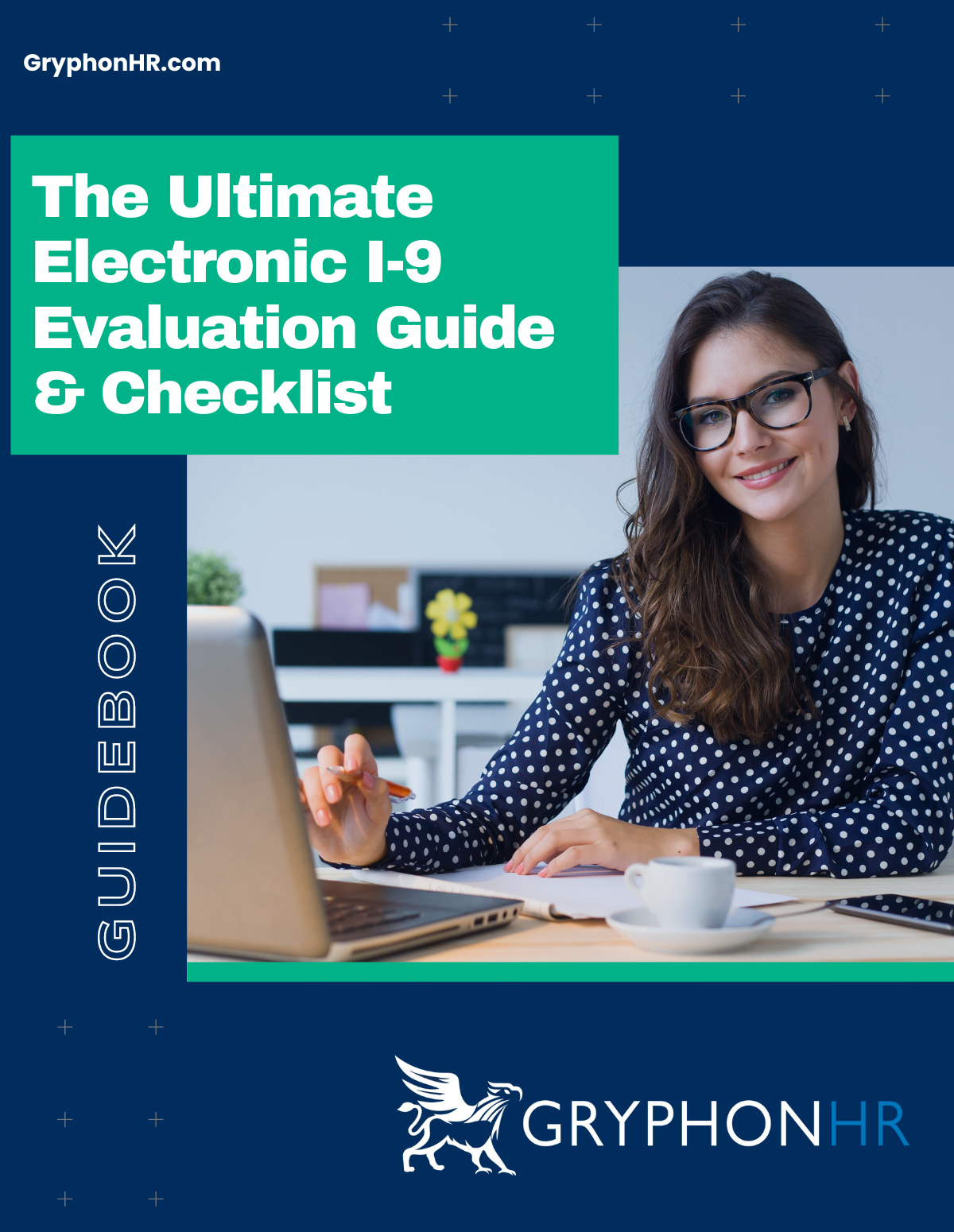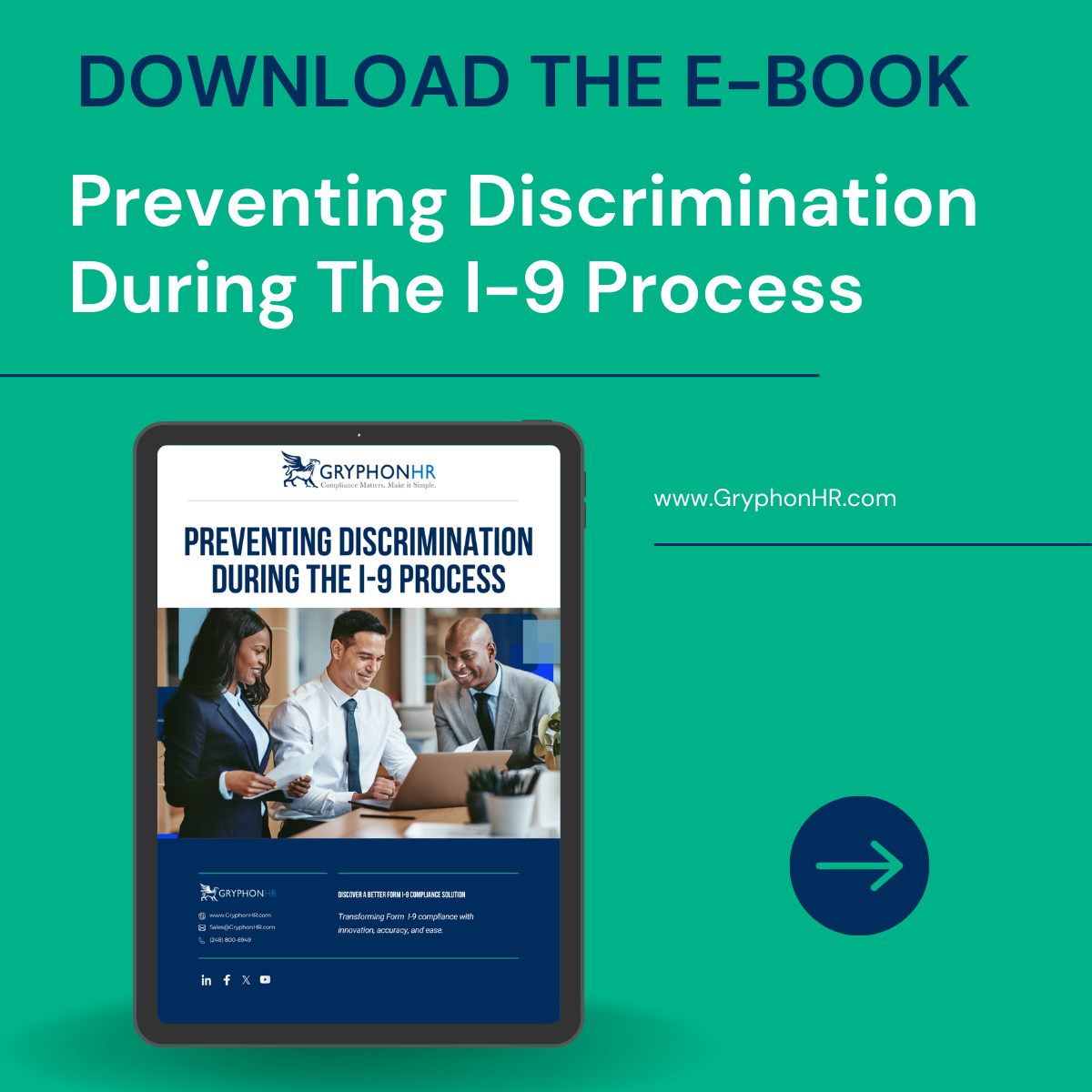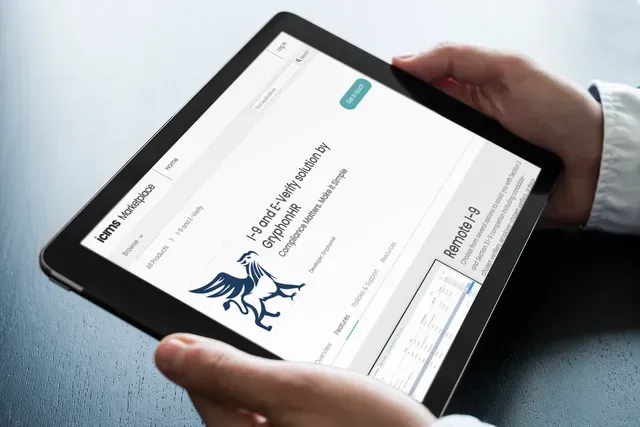Authored By: GryphonHR Blog Contributor
GryphonHR blog contributors include , consultants, researchers, and other subject-matter experts who’ve written content for our blog.
June 2, 2023
Employers often neglect to properly dispose of old Forms I-9 that exceed the required retention period, which can result in potential legal noncompliance.
“It isn’t a great idea to keep outdated forms because it is keeping possible liability around. ICE has been limiting their requests, usually, to just the qualifying I-9s. But when something could cost you money in an audit, why keep them? “ stated, Michael P. Nowlan, Clark Hill PLC
According to U.S. Immigration and Citizenship Services (USCIS) I-9s should be kept on file for three years after the date of hire or 1 year after the employee has been terminated, whichever date comes later.
Many employers, knowingly or unknowingly, adopt a lax approach to purging I-9 forms, choosing to retain them beyond the required period and dealing with potential issues during government inspections. However, U.S. Immigration and Customs Enforcement (ICE) typically grants only three business days for employers to produce I-9s and associated documents during an inspection. Consequently, in the rush to respond to such notices, employers may lack the time or resources to remove purgeable I-9s from the documents provided to ICE. As a result, ICE may review and consider the historic I-9s when imposing fines and penalties for paperwork violations. Errors on forms related to terminated employees are challenging, if not impossible, to rectify and can lead to compliance violations that cannot be mitigated during an ICE audit.
As these forms serve as a record of compliance practices, implementing an effective retention program helps eliminate outdated and potentially problematic practices that could arise in legal disputes. Timely purging of I-9 forms is a crucial risk-mitigation strategy. This is particularly important considering the sensitive personally identifiable information contained in each Form I-9, such as employees' names, Social Security numbers, and addresses. A highly secure electronic I-9 solution can go along way in helping to keep sensitive information safe and compliant with I-9 storage and retention requirements.
The retention period for I-9 forms requires employers to keep them either for one year after termination or for three years after hire, depending on which date is later. Some employers mistakenly interpret this requirement to mean that they can destroy I-9 forms of current employees after a three-year period. However, the retention period for an I-9 only applies once employment has ended. The specific purge date varies based on the employee's tenure with the organization, making it a challenging aspect for employers to determine.
While employers may have third-party HR administrators responsible for maintaining I-9 records, the same retention rules apply. It is crucial for employers to proactively engage with their vendors and I-9 certifiers to ensure compliance with retention policies. Ultimately, the responsibility for complying with I-9 requirements lies with the employer.
Electronic I-9s should be purged using a well-documented and secure data wipe process that prevents data recovery. This process is effective when I-9s are stored electronically in a dedicated application or hosting environment, enabling employers to initiate the purge process securely.
Premature or accidental purging of I-9 forms can have severe consequences, especially when employers receive an NOI from ICE demanding I-9s that no longer exist. In such cases, employers must complete new I-9 forms promptly, potentially facing liability for late-completed verifications. Noncompliant employers who prematurely purge I-9s may be subject to penalties, with average fines reaching approximately $2,300 per I-9, primarily for paperwork violations. Aggravating circumstances or intentional hire violations can lead to even more severe penalties. Nonetheless, adhering to the purge rule allows employers to dispose of I-9 forms that are no longer required, reducing their future liability.
Learn more about the benefits of using a web-based Form I-9 solution to help you stay on top of Form I-9 retention and storage requirements. Make the purging process easier and safer with GryphonHR. Contact us to see how our platform can help you maintain your Form I-9 compliance.

Authored By: GryphonHR Blog Contributor
GryphonHR blog contributors include , consultants, researchers, and other subject-matter experts who’ve written content for our blog.
Stay updated on Form I-9 and E-Verify!


Is your I-9 compliance software placing you at risk? Learn more about the compliance requirements for electronic I-9 systems and how to evaluate important features. Skip the form and download this interactive guide!

Avoiding discrimination during the Form I-9 process is critical to preventing liability, hefty fines, and unfair hiring practices. Download our free e-book to learn more.



MENU
STAY CONNECTED
Join our newsletter to learn more about Form I-9.